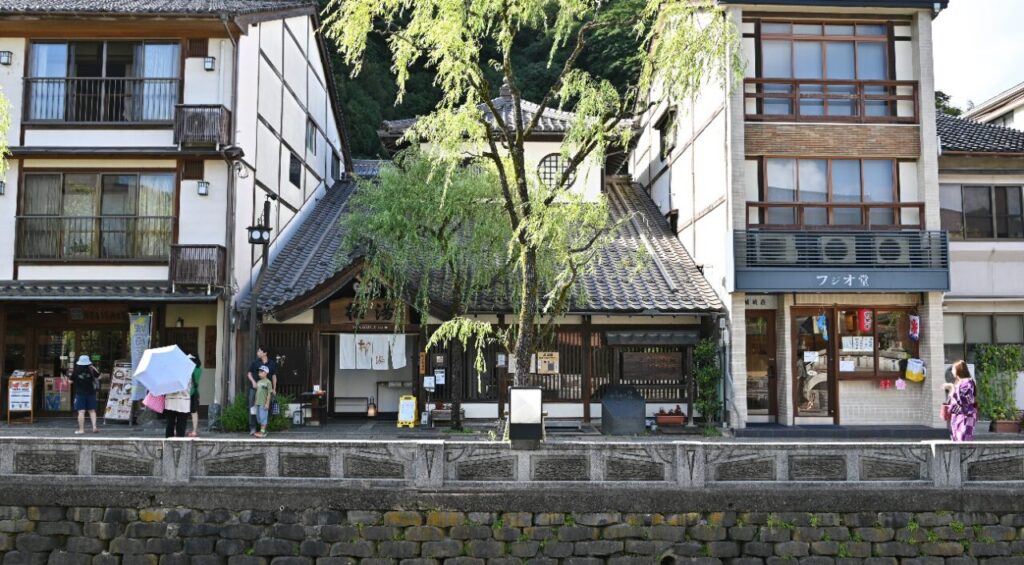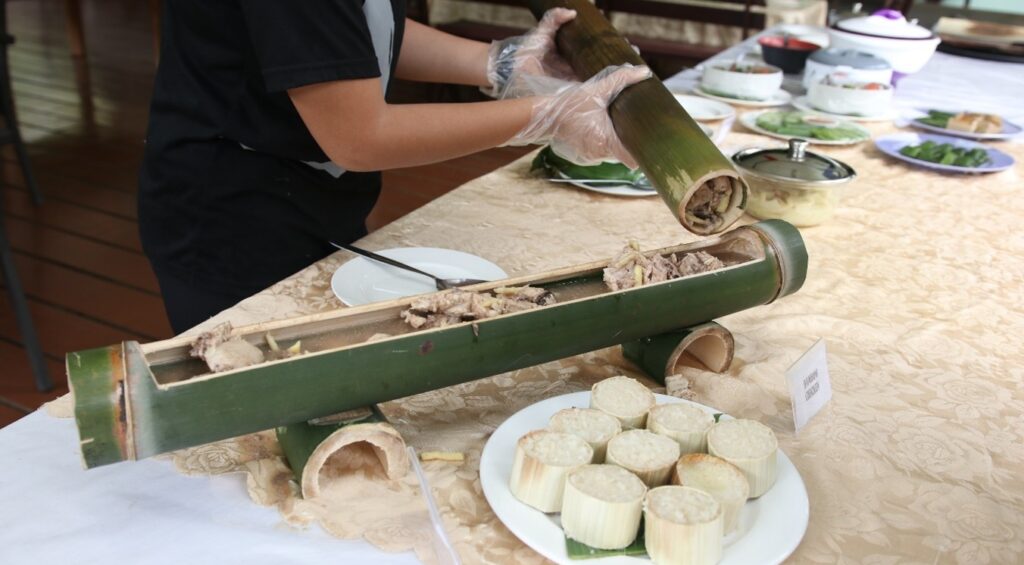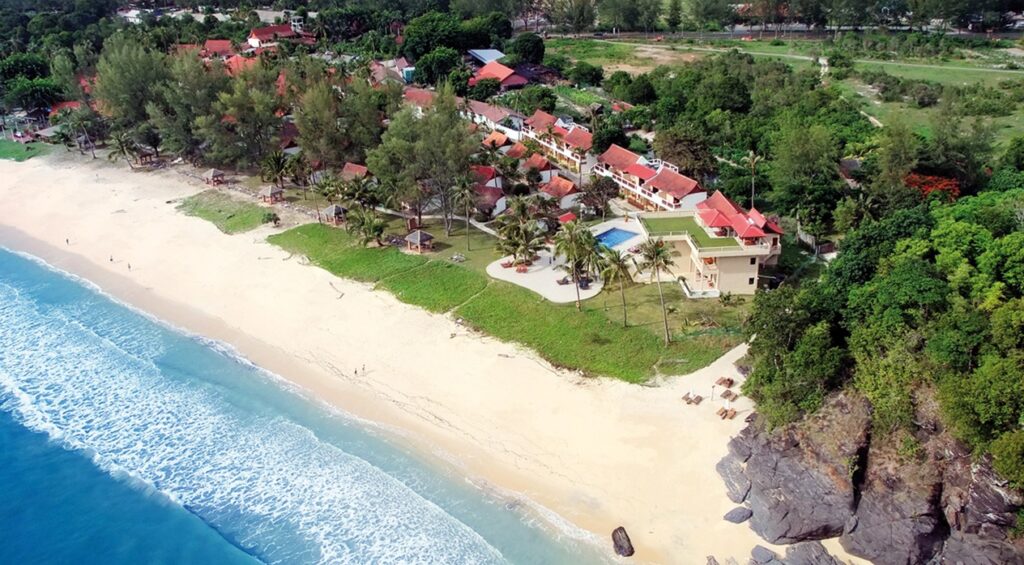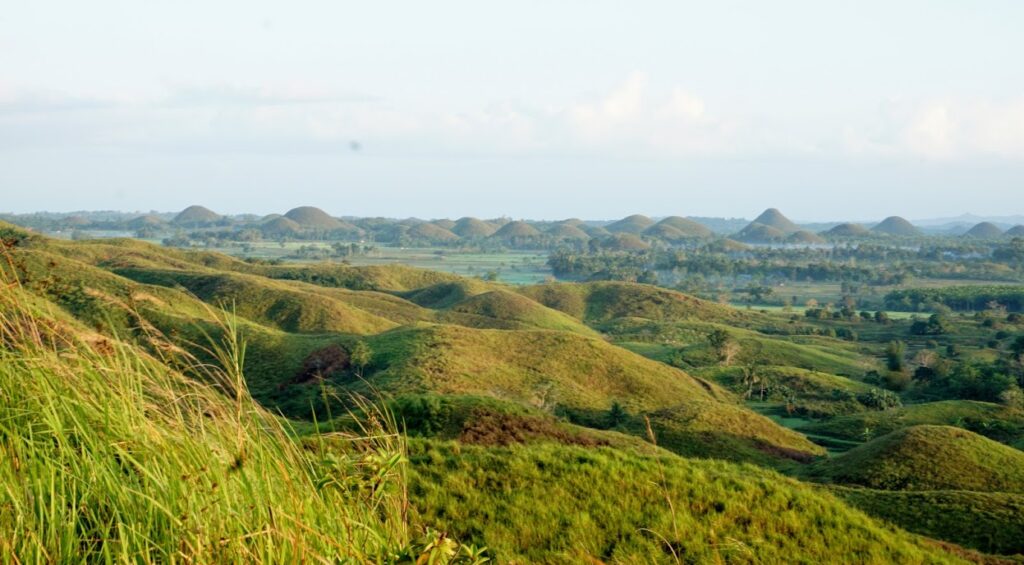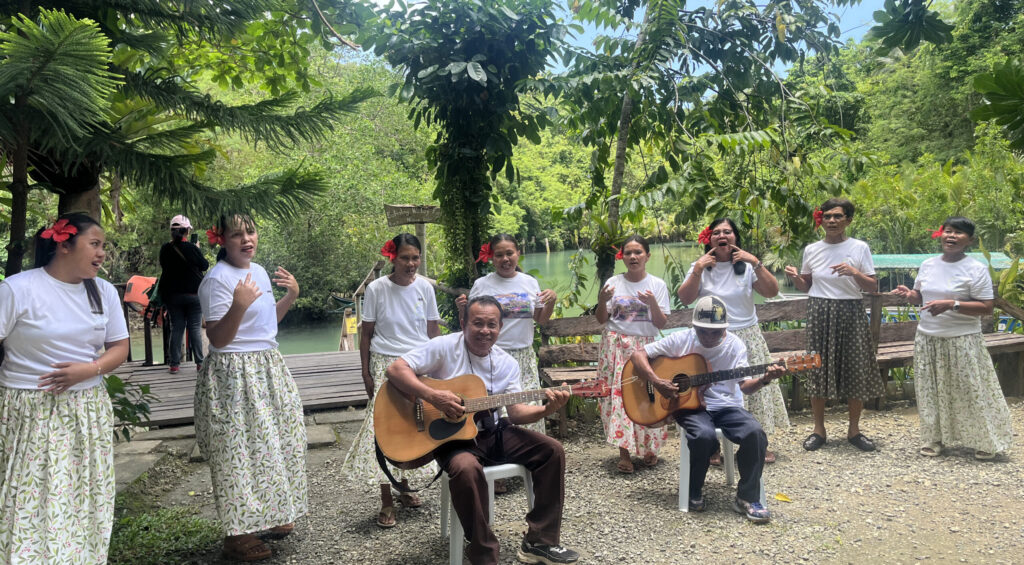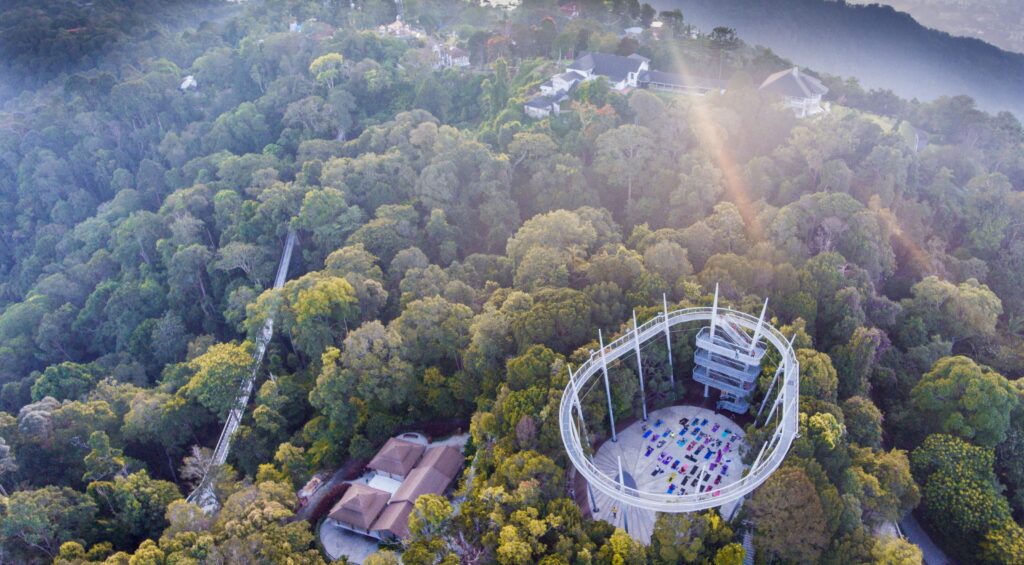Published on January 15, 2025
Ozu: Reviving Treasures, Renewing the Community
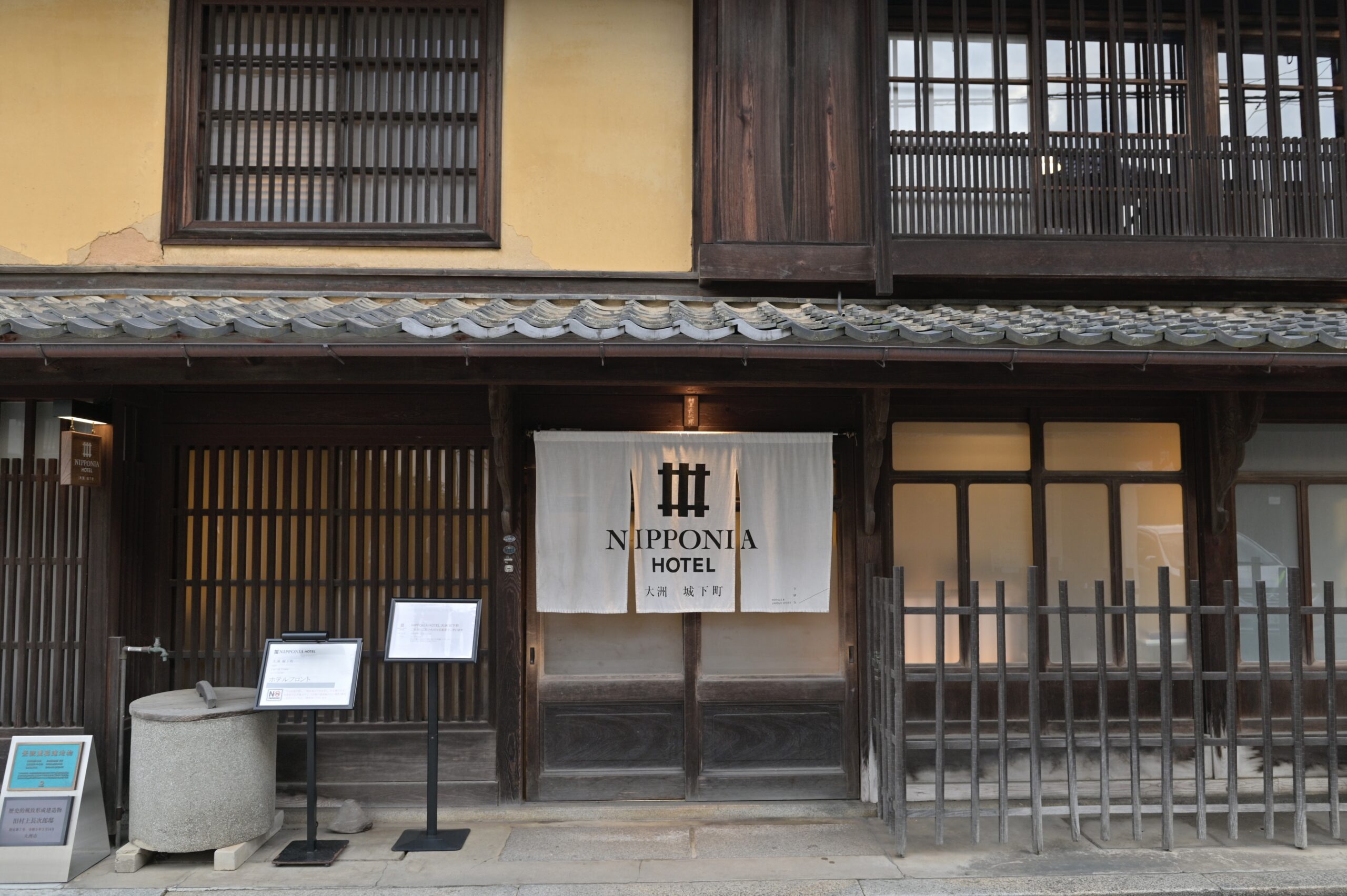
Ozu City, a castle town in Ehime Prefecture, Japan, is the setting for an initiative driven by a strong commitment to sustainable tourism. The project is breathing new life into the local economy and community by transforming traditional buildings into places to stay and to visit.
| Place : | Ozu-city, Ehime Prefecture, Japan |
| Initiative : | An advanced DMO leads tourism development utilizing historical resources such as traditional houses. It fosters public-private collaboration while promoting greater understanding among residents. |
| Actors : | KITA Management Association (DMO), KITA Co., Ltd. Ozu-city |
| URLs : | https://kita-m.com/ https://jp.visitozu.com/sustainable?wovn=en |
A community’s call to action
Ozu faced significant challenges, including a declining population, ageing property owners, and the neglect of historic buildings.
In 2017, the municipal government acted, forming a study group with local banks to explore preservation strategies. Simultaneously, young residents collaborated with property owners to clean, repair, and repurpose traditional houses.
The city’s activities have won international acclaim, including recognition by Green Destinations, a leading global certification body for sustainable tourism. In 2023, Ozu was the Story Awards winner in the Culture & Tradition category, and in 2024, the city received a Green Destinations Silver Award.
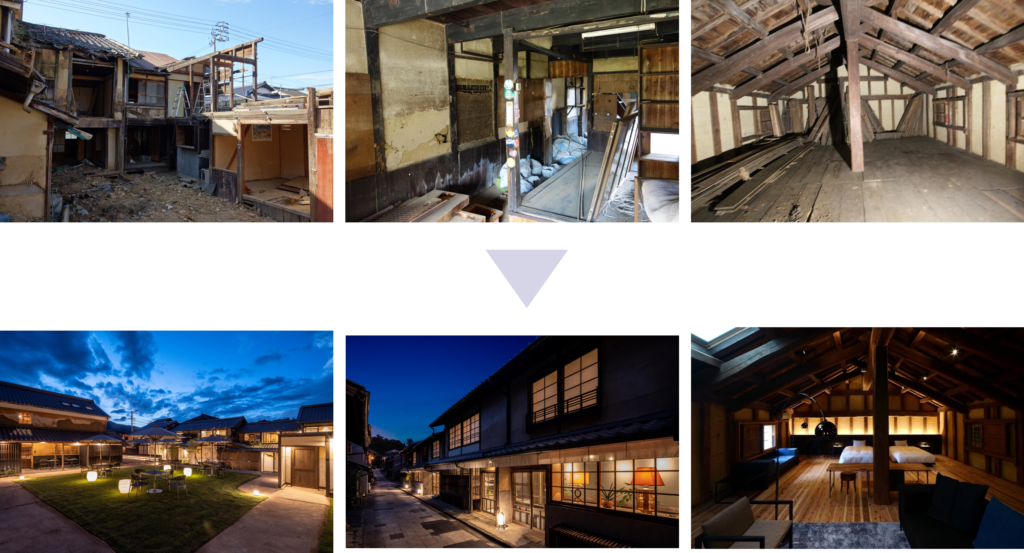
Photos: Courtesy of Kita Management
Key initiatives
Public-private partnerships: One pivotal moment came with the establishment of Kita Management, a Destination Management Organisation (DMO). In Japan, many DMOs are rebrands of existing tourism associations and inherit a modest scope of activity. Kita Management, however, has adopted an ambitios strategy. The goal is to restore and repurpose private homes on the path to sustainable tourism and community development.
The Ozu approach showcases diverse partners, including the city government, Kita Management, Kita Corporation (a subsidiary of Kita Management), a private sector fund involving local banks, and property owners.

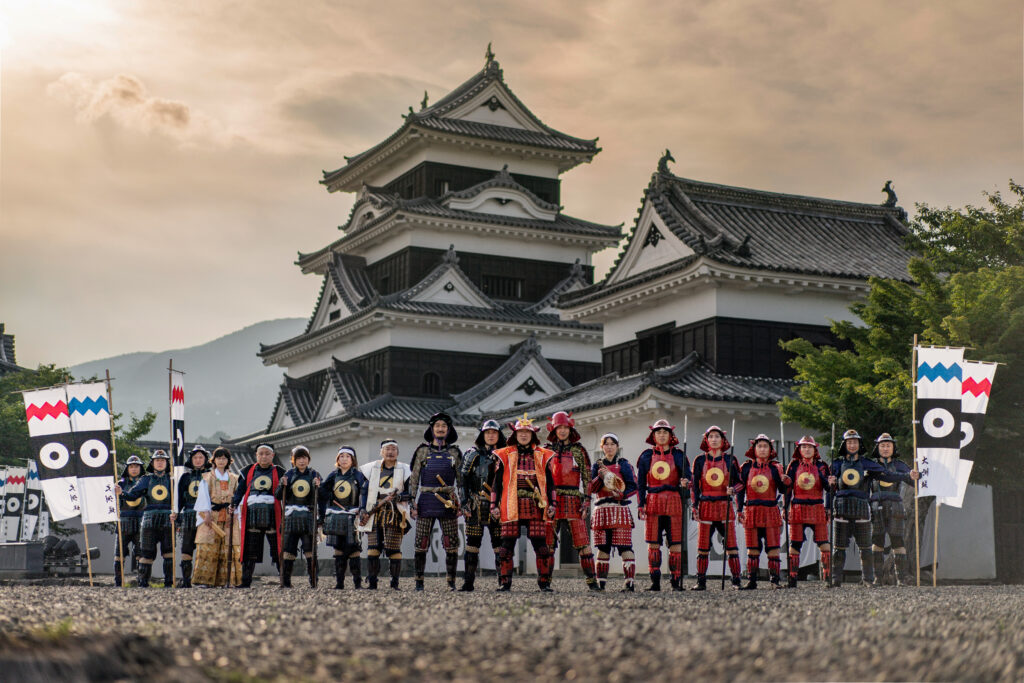
Photo : Courtesy of Kita Management
Community-centred development: Ozu drew widespread attention by transforming its iconic castle into a lodging facility, making it possible to stay in a castle tower in Japan for the first time.
Reflecting the Albergo Diffuso approach, where lodging is scattered throughout a community, historic homes in Ozu were also renovated into accommodations.
Initially, some residents were hesitant about commercialising cultural heritage sites and neighbourhood homes. But growing interest in the castle stay program helped to change minds. As guest numbers increased, awareness spread in the community that revenue generated by tourism was helping to sustain intangible cultural assets such as traditional dance.
To build local understanding, Kita Management organises workshops and educational programmes. Additionally, collaborations with local schools instil community pride and nurture future leaders capable of contributing to the city’s development.
The ongoing transformation is also contributing to greater safety. Previously, old vacant houses made of wood were a serious fire hazard. Converting them into accommodation necessitated installing fire alarms, sprinklers, and fire extinguishers, improvements that have significantly reduced the risk of fire.
“Many residents now understand what we are doing and have become supportive,” says INOUE Yosuke, CEO of Kita Corporation. “Nowadays, local residents proactively share information about potential properties.”
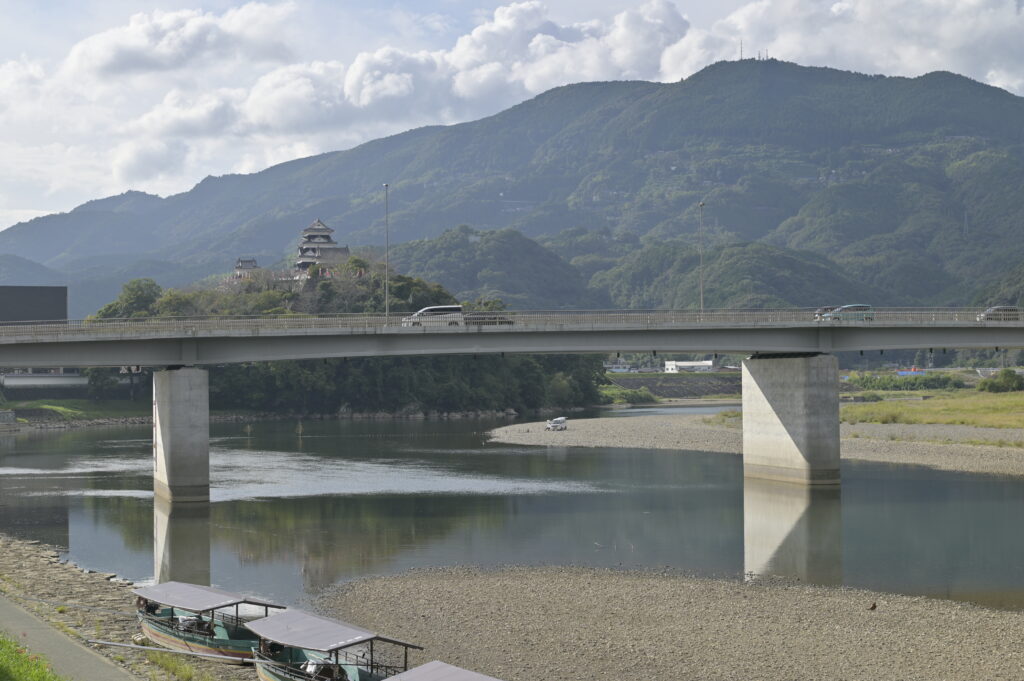
Close cooperation: Diego Cosa FERNANDEZ, Director of the Architecture and Culture Research Department at Kita Management and the organisation’s Sustainability Coordinator, comments on the importance of local cooperation. “In the urban regeneration process,” he says, “we strengthened ties with the municipal government. By sharing information, we identified our next steps. We work hand in hand with the Ozu city government.”
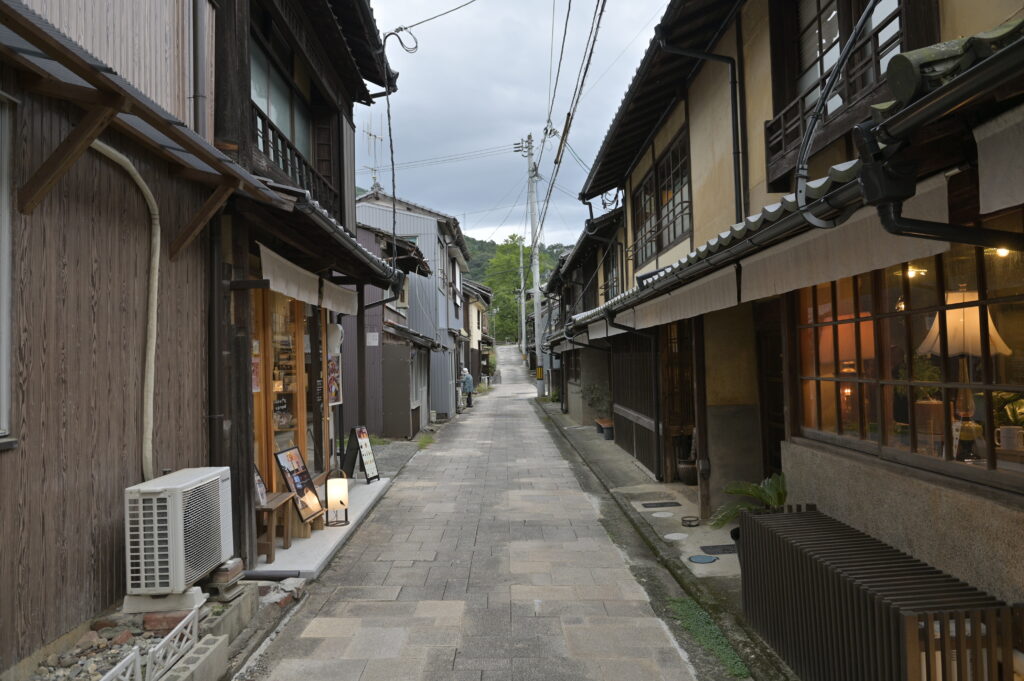
The way ahead
The scattered hotel in Ozu currently offers 31 rooms to visitors, with no plans for further expansion. Instead, the focus is on enhancing food and beverage options and improving local shops to offer visitors unique, personalised experiences and greater satisfaction.
Efforts are also underway to forge bonds between the community and visitors through the launch of a fan site: Ozu Company.
Interviewees:
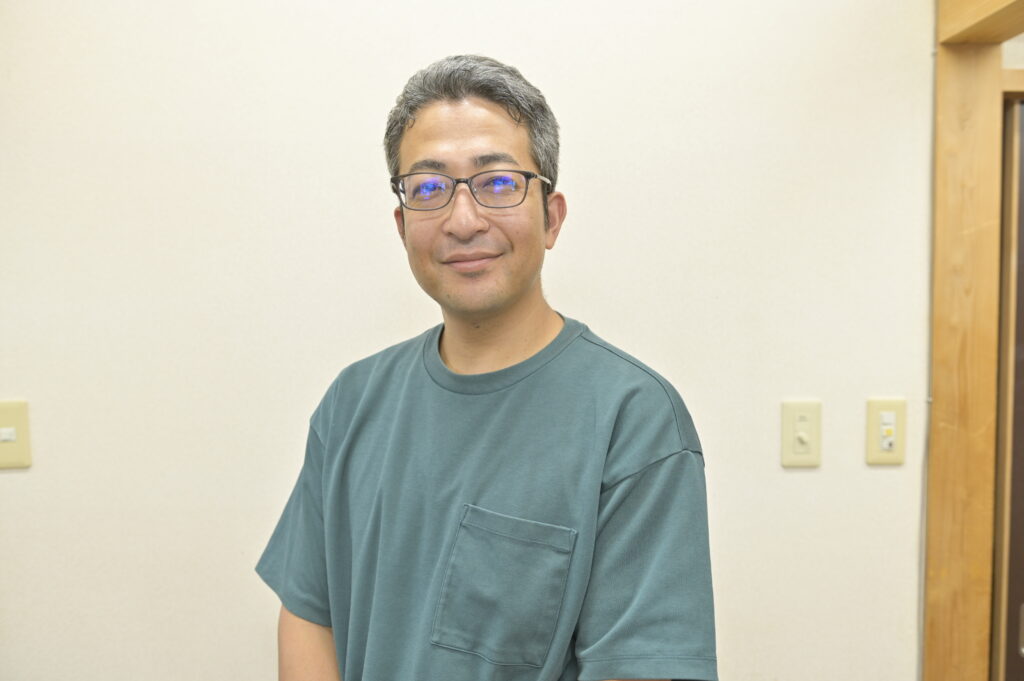
INOUE Yosuke
CEO, KITA Co., Ltd.
“Wanting to contribute to the revitalisation of Ozu, my hometown, I decided to move back from Tokyo. Cities in regional Japan face various challenges including a declining population. I am hoping that young people who left Ozu will come back and find opportunities to thrive here.”
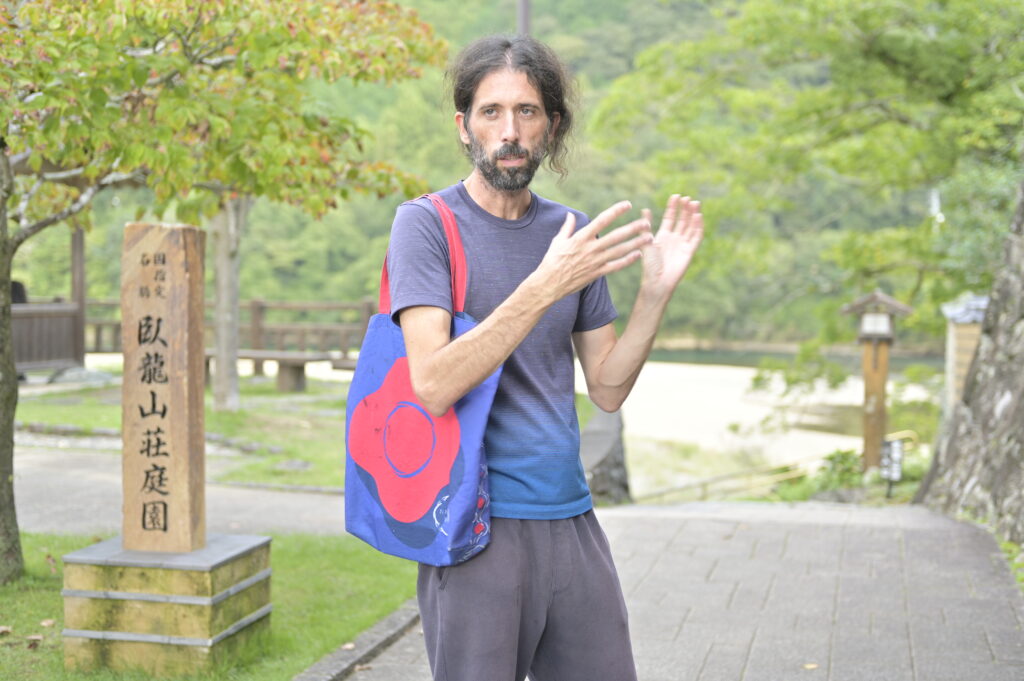
Diego Cosa FERNANDEZ
Architecture and Culture Research Department, Sustainability Coordinator, KITA-Management Association
“If something is only superficially sustainable then the community itself cannot be truly sustained. And if someone is being forced to do something, then I don’t believe that activity will be sustainable. Our goal is intrinsic sustainability.”

